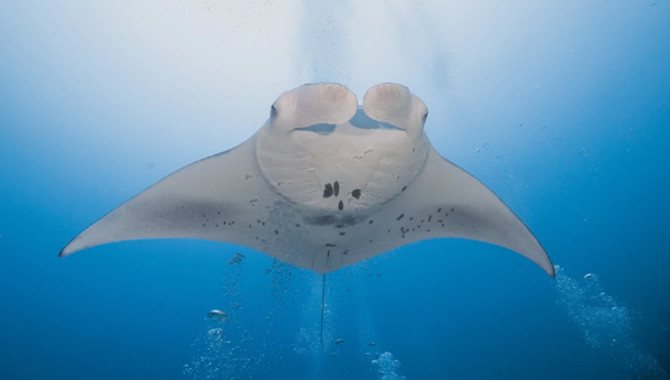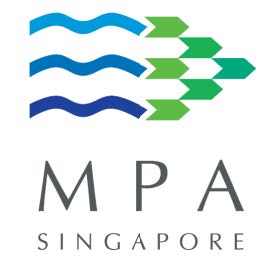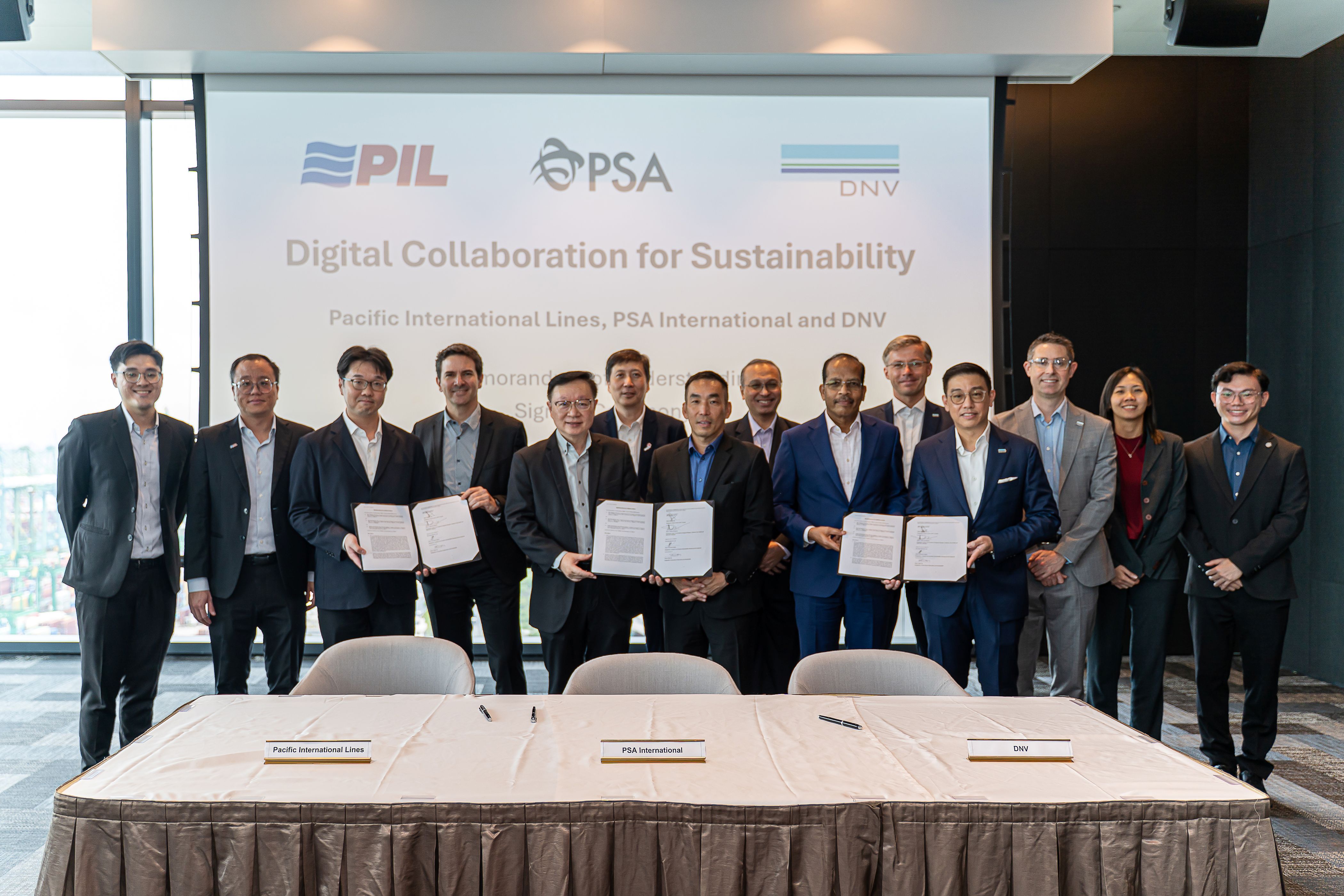
The United Nations "High Seas Treaty" is an international agreement aimed at regulating the use and exploitation of the world's oceans beyond the limits of national jurisdiction. The treaty, first proposed in 2004, aims to provide a framework for the conservation and sustainable use of marine biodiversity in these areas and to prevent or mitigate the environmental damage caused by human activities.
The Marine Biodiversity of Areas Beyond National Jurisdiction (BBJN) treaty’s text was finally agreed upon by delegates on 04 March 2023, following intense debate and discussion among various stakeholders, including governments, scientists, environmentalists, and the shipping industry. Subsequently, it has the potential to significantly impact the way ships operate on the high seas, which cover more than two-thirds of the world's oceans.
Now that the UN High Seas Treaty text has been agreed upon, the focus will shift towards ratification and implementation of the treaty by member states. The next steps will involve the individual states ratifying the treaty through their domestic legislative processes. The treaty shall enter into force once a minimum of 60 states have completed this process. Once a treaty is ratified, the member states must then implement its provisions into their domestic legal systems, involving changes to existing laws, regulations, and policies. The process of ratification and implementation can take time, and the treaty's success now depends on the commitment of the member states to adhere to its principles and comply with its provisions.
Under the treaty's terms, ships will be required to adhere to stricter regulations when operating on the high seas. These regulations include provisions to prevent overfishing and to protect marine biodiversity. In addition, the treaty calls for creating marine protected areas and establishing measures to mitigate the impact of climate change on the high seas.
We will explore how the treaty could affect ships concerning ten key treaty provisions below.
Overall, the UN "High Seas Treaty" has the potential to significantly impact the shipping industry, particularly in creating new marine protected areas and imposing new regulations governing certain activities on the high seas. However, it also contains provisions that could benefit the industry, such as promoting safe and environmentally sound ship recycling, and recognising the importance of scientific research and monitoring on the high seas.
As the treaty moves closer to implementation, it will be necessary for the shipping industry to engage in the process and work with governments and other stakeholders to ensure that its interests are considered. This may involve investing in new technologies or practices to reduce the environmental impact of shipping activities and engaging in advocacy efforts to shape the implementation of the treaty.
Ultimately, the success will depend on the cooperation and collaboration of all stakeholders, including the shipping industry. Working together will ensure that the high seas are protected for future generations, and the shipping industry can continue to play a vital role in global trade and commerce while minimising its impact on the marine environment.
Source: West of England P&I Club
The opinions expressed herein are the author's and not necessarily those of The Xinde Marine News.
Please Contact Us at:
media@xindemarine.com


 Baltic Exchange launches new Fuel Equivalence Conve
Baltic Exchange launches new Fuel Equivalence Conve  21 Consecutive Years of QUALSHIP 21 Recognition for
21 Consecutive Years of QUALSHIP 21 Recognition for  MPA and Wärtsilä Renew Partnership to Drive Marit
MPA and Wärtsilä Renew Partnership to Drive Marit  MPA and Dalian Maritime University Renew Partnershi
MPA and Dalian Maritime University Renew Partnershi  PSA INTERNATIONAL, DNV AND PACIFIC INTERNATIONAL LI
PSA INTERNATIONAL, DNV AND PACIFIC INTERNATIONAL LI  INTERCARGO Reaffirms Call for Simplicity as IMO Cli
INTERCARGO Reaffirms Call for Simplicity as IMO Cli